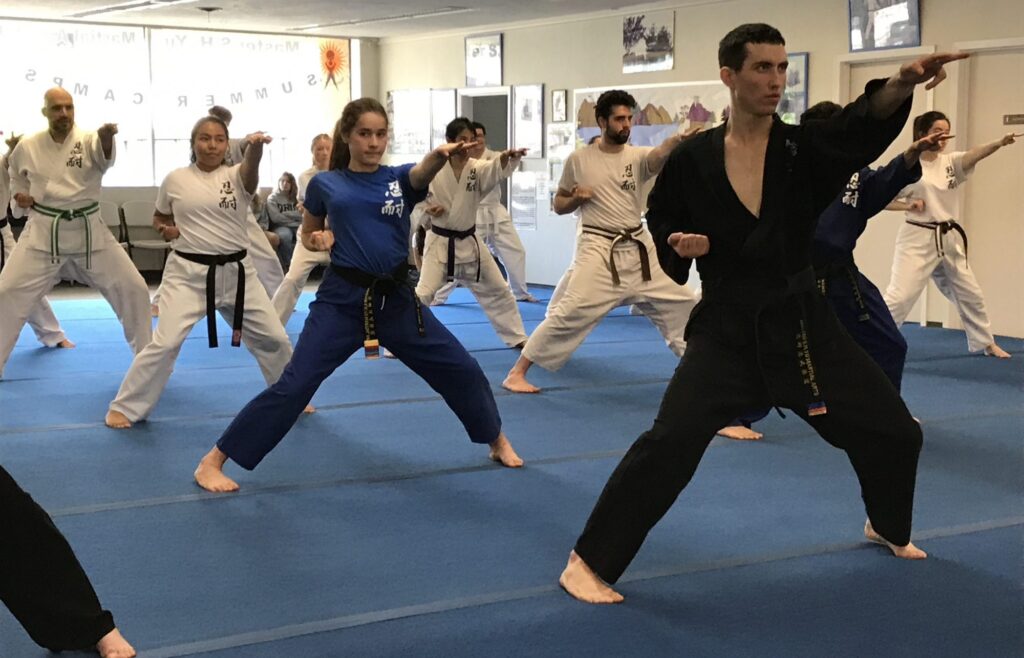Martial arts, a tradition as ancient as the mountains and deep as the oceans, embodies the essence of discipline, strength, and wisdom. It’s a world where every punch and kick carries a history, every movement tells a story, and every practice session is a step towards mastering oneself. From Japan’s serene dojos to Brazil’s bustling training halls, martial arts offer a unique blend of physical rigour and spiritual growth.
The Historical Roots
The Beginnings in the East
The martial arts story begins in the East, with origins traced back to China, Japan, and Korea. These disciplines were not merely methods of combat but a way of life, teaching balance, control, and harmony with the universe. Kung Fu, one of the oldest forms, was developed by monks to defend themselves while promoting peace and self-discipline.
Spreading Across the Globe
As trade routes opened and cultures collided, martial arts found new homes worldwide. Each culture it touched was infused with its spirit, creating a rich tapestry of styles and philosophies. From the fierce Muay Thai in Thailand to the graceful Capoeira in Brazil, martial arts became a global phenomenon, shaping societies and inspiring individuals.
The Philosophy Behind the Punch
More Than Physical
At its core, martial arts is more than just physical training; it’s a path to self-discovery and personal growth. It teaches respect, patience, humility, and resilience. The rigorous training is as much about conquering one’s fears and limitations as it is about mastering techniques.
A Modern-Day Sanctuary
In the hustle and bustle of modern life, martial arts serve as a sanctuary for many—a place where the mind can find peace amid chaos. Training grounds like infinity martial arts in Kawana become havens where individuals from all walks of life come together, sharing a common goal of self-improvement. In these spaces, martial arts’s true essence shines brightest, offering a community and a sense of belonging.
The Diversity of Disciplines
Striking Arts: Boxing, Karate, Taekwondo
Striking arts focus on punches, kicks, knees, and elbows. They teach precision, agility, and power, fostering an understanding of distance and timing. Karate emphasises katas (forms) and kumite (sparring), while Taekwondo is known for its dynamic kicks and competitive sparring.
Grappling Arts: Judo, Brazilian Jiu-Jitsu
Grappling arts centre around throws, takedowns, joint locks, and chokes. Judo, known for its powerful throws and moral code, teaches the concept of “maximum efficiency, minimum effort.” Brazilian Jiu-Jitsu, which gained popularity through mixed martial arts, focuses on ground fighting and submission techniques.
Weapon-Based Arts: Kendo, Fencing
These arts teach the artistry of weapons, ranging from swords to staffs. With its European origins, Kendo, derived from samurai swordsmanship and fencing, emphasises precision, strategy, and mental fortitude.
The Journey of a Martial Artist
The White Belt Mindset
The journey begins with humility, symbolised by the white belt. It’s a time of learning, absorbing, and understanding the basics. The white belt mindset is about being open, curious, and eager to learn.
The Path to Black Belt and Beyond
Earning a black belt is a significant milestone, but it’s not the end. It represents a new beginning, a commitment to lifelong learning and improvement. The black belt is a testament to perseverance, dedication, and mastery of the basics. Beyond the black belt, martial artists continue to refine their skills, explore more profound philosophies, and contribute to their communities.
The Impact on Society
Self-Defense and Empowerment
Martial arts empower individuals with the skills and confidence to protect themselves and others. This empowerment extends beyond physical capabilities to mental and emotional resilience, fostering a sense of security and well-being.
A Tool for Social Change
Beyond self-defence, martial arts can be a powerful tool for social change. Teaching respect, discipline, and empathy helps build stronger, more cohesive communities. Programs targeting at-risk youth have remarkably improved self-esteem, academic performance, and social behaviour.
Conclusion
The world of martial arts is vast and varied, offering something for everyone. It’s a journey beyond physical training, touching the depths of the human spirit. Whether you’re drawn to the striking power of karate, the graceful throws of judo, or the strategic game of Brazilian Jiu-Jitsu, martial arts offers a path to personal growth, discipline, and enlightenment. As you step onto the mat, remember that every punch, kick, and grapple is a step towards mastering the art and yourself. Welcome to the art of discipline.






